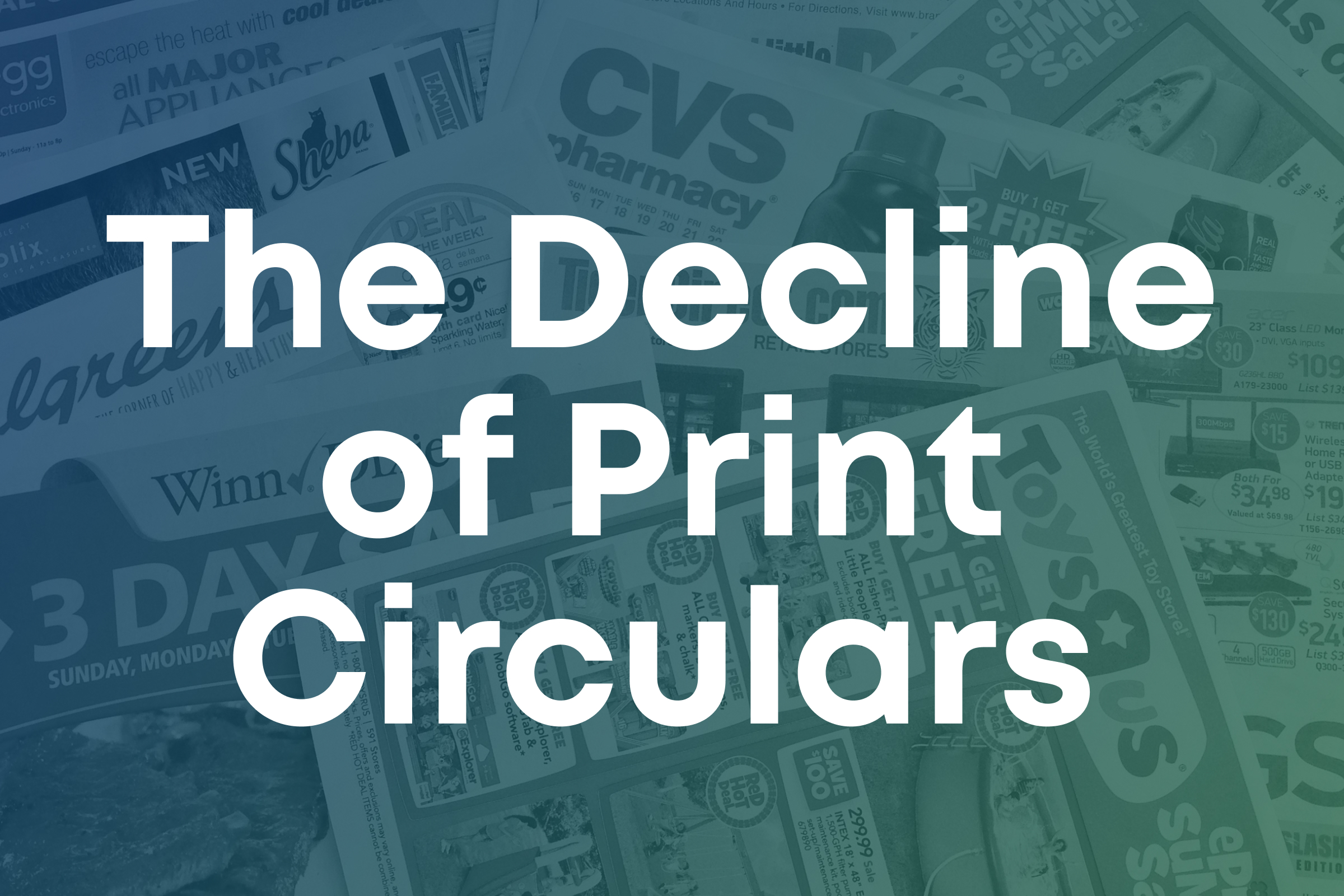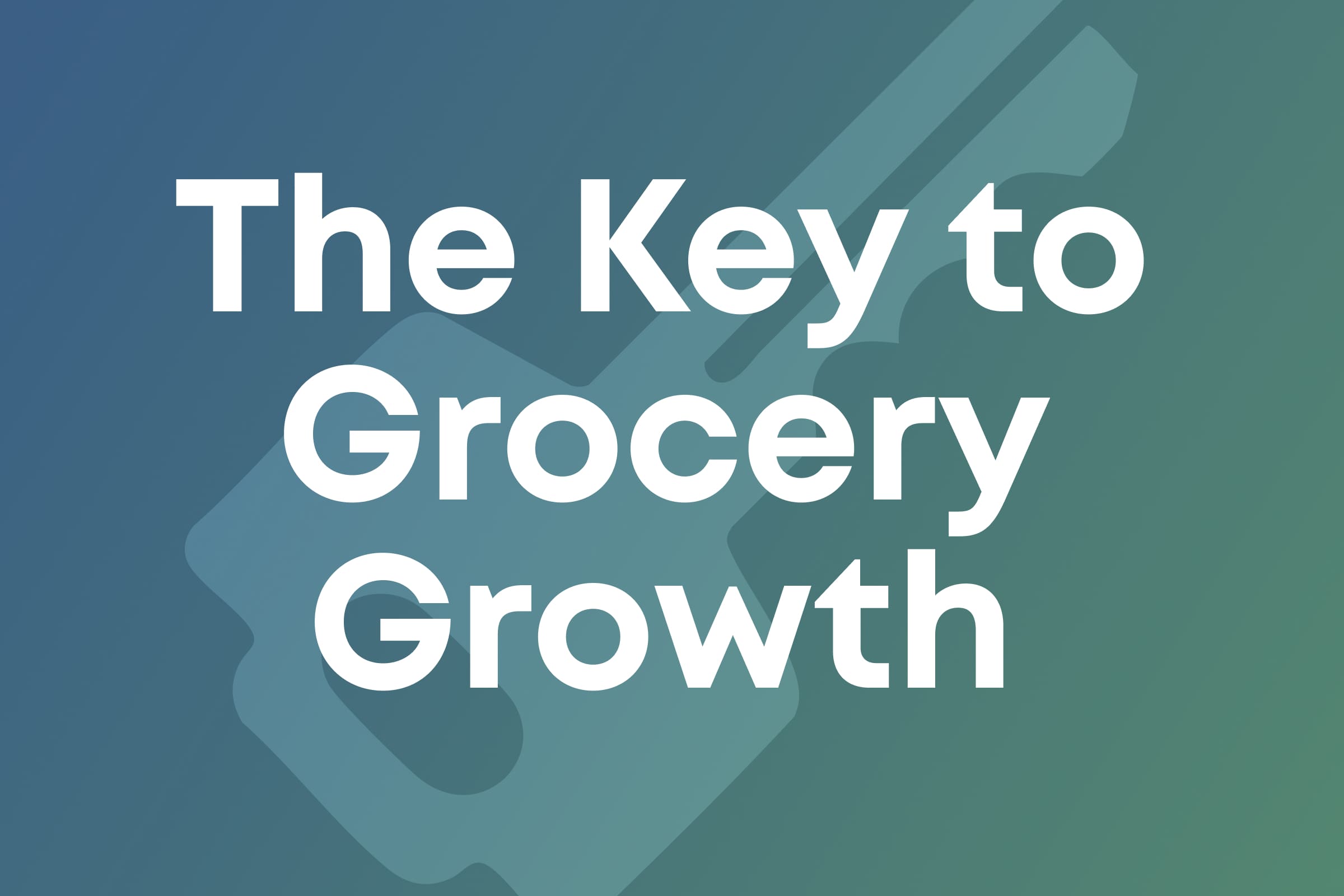What Does a Loyal Shopper Look Like? (Part 1 of 2)
Sean Turner
Shopping is easier and more convenient than ever before, with shoppers having access to information and competitive offers right in the palm of their hands. This means loyalty is no longer automatic. Consumers can switch brands in an instant, especially if the right offer strikes near the point of purchase. The average shopper is a member of 14.8 reward programs, but only uses 6.7 of them—proof that loyalty must be earned and kept. To stay competitive in today's digital marketplace, retailers need to create a purchase journey that engages and inspires loyalty.
In the first part of this two-part series, we cover how customer loyalty is defined today and highlight statistics that illustrate why it’s critical to focus on building customer loyalty in 2022 given how the shopper’s journey has evolved over time. Let’s dive in.
What is Customer Loyalty?
Customer loyalty is a consumer’s willingness to consistently choose one particular brand over another. Over the course of a long-term brand relationship, loyal consumers are more likely to make repeat purchases, spend more per trip, share positive testimonials, fuel the brand’s popularity on social media, and refer others.
Customers can choose to be loyal for a number of reasons. They may purchase so long as they continue having satisfying shopping experiences. They may be price-loyal, convenience-loyal, or committed to the program’s reward system. In the best-case scenario, brands will land a truly loyal customer who feels emotionally connected to the brand’s values, mission, and products.
Why is customer loyalty important?
Customer loyalty is a matter of common business sense, as it costs 6-7 times more to sell to an existing customer than to solicit a new one. Considering Amazon pays $160 to acquire a new customer, you can imagine how that might add up. Fortunately for them, 65% of their 200 million users are loyal Prime Members.
A price-gouging promotion may be enough to entice trial among new shoppers, but maintaining repeat customers is a true measure of brand success. Why? Because in addition to delivering long-term value, they help brands build awareness and a trustworthhiness in the marketplace.
Loyal customers have the following in common:
- Visit and purchase repeatedly, increasing brand revenue.
- Increase metrics for conversions, time spent on page, and average lifetime value.
- Actually use what they purchase and provide valuable feedback.
- Interact with the brand across channels, driving exposure.
- Offer testimonials and free word-of-mouth advertising.
Statistics on customer loyalty

Countless statistics remind us of the value in cultivating customer loyalty. Here are a few:
- Loyal customers are 60-70% likely to buy. New customers are only 5-20% likely to buy.
- Existing customers make up 65% of the average company’s business.
- Loyal customers spend 67% more than new customers.
- 94% of premium loyalty members shop monthly, 44% every few days.
- 88% of premium loyalty members will recommend it to family and friends.
Statistics also highlight what customers are looking for when choosing their loyalties:
- Personalized mobile or web offers make 63% of customers more likely to buy.
- Apps allowing quick transactions make consumers 75% more likely to buy.
- When personalization is done right, there is a 6.4x lift in member satisfaction.
- 79% of customers prefer immediate gratification to point rewards.
- Analytics-driven loyalty programs take $1.8 billion from less-informed peers.
Evolution of the Shopper’s Journey
With that said, capturing loyal shoppers doesn’t happen overnight. Earning loyalty is a complex process that involves an in-depth understanding of how the shopper’s journey has evolved over the years.
Traditional media expands reach
Early modes of soliciting loyalty involved one-way communication through TV, print, and radio ads. The reach was massive, but brands were alienated from their consumers and could only market using a broad message with mass market appeal. They hoped to reach the right person with the right product at the right time, but there was no way of knowing how shoppers were receiving the ads aside from monitoring revenue increase. Running frequent ads could lead to steady business, but building true loyalty was difficult.
Digital media increases data streams
Through the 2000s, digital channels and devices opened up new paths for cultivating brand loyalty, but information silos provided a limited view of the customer. Loyalty could be tracked through Google ad interactions, social shares, or an email marketing campaign, but it was difficult to see how a shopper moved from brand impression to purchase.
Omnichannel connects the dots
Unified digital channels provide a clear picture of the customer journey, as 73% of shoppers use multiple channels to make a purchase. Accurate, aggregated data is driving increased personalization and improved customer experiences across devices—which is a moneymaker for brands; HubSpot found shoppers who engage with a brand’s personalized content spend 3.5x more. Shoppers prefer cohesive brand experiences, whether online, in-store, or in-app; Google found 74% of consumers are more likely to remain loyal to brands with apps that are seamless and easy-to-use.
Given the value of loyalty—and how the shopper’s journey has shifted toward increased demand for personalization in exchange for loyalty—it’s worth focusing on how you can deliver precisely that sort of experience for your customers. Swiftly empowers brands to build personalized omnichannel campaigns that hit all the buttons for consumer loyalty. Contact us to learn more.




